Toyota HiAce and Mitsubishi Outlander upgraded to receive five-star safety rating
[PCauto] As ANCAP and Euro NCAP implement stricter testing standards, the Mitsubishi Outlander and Toyota HiAce have undergone safety upgrades and earned five-star safety ratings in the latest crash tests.
Toyota HiAce’s Active and Passive Safety Systems Upgraded
The mid-cycle facelift model, released in July 2025, demonstrated comprehensive safety performance improvements in Euro NCAP testing.
The new front center airbag is one of the highlights of the HiAce’s upgrade, designed to mitigate the risk of secondary impacts between passengers during a side-impact collision.
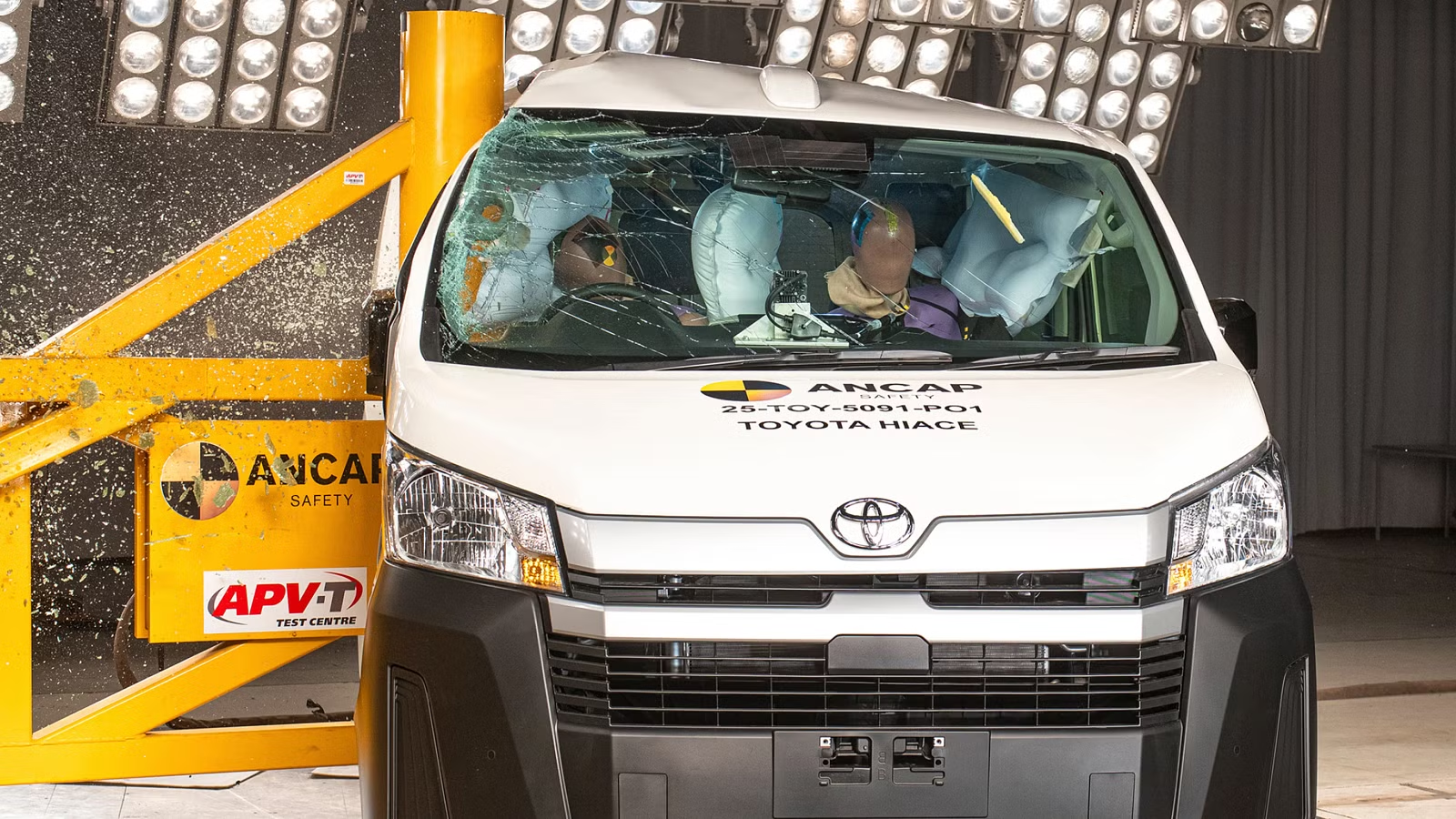
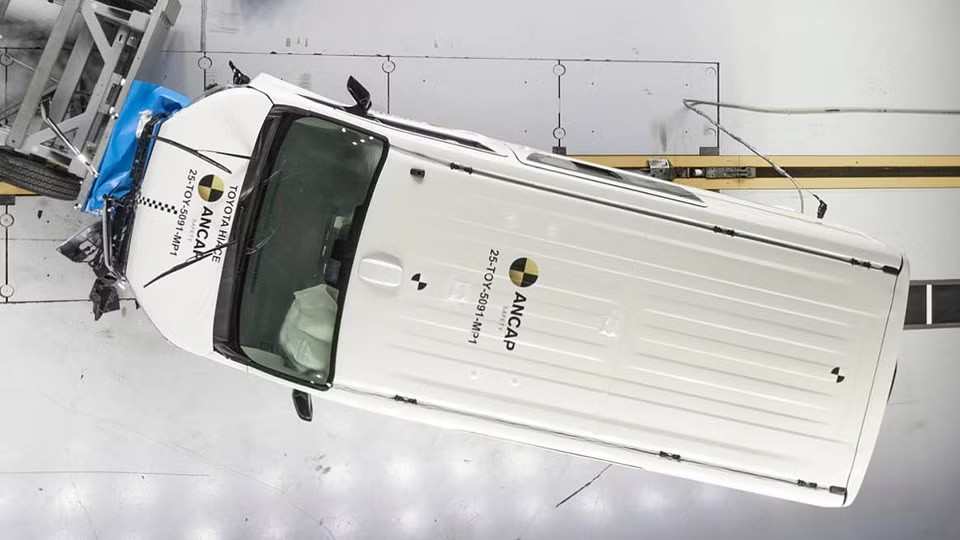
During development, the engineering team specifically considered the high-intensity operational demands of commercial vehicles and reinforced the crash resistance of the body structure.
For active safety, the newly introduced electric power steering (EPS) system in the HiAce provides the hardware foundation for its lane-keeping assist (LKA) function. This system automatically adjusts the level of steering assistance based on vehicle speed, ensuring a more stable and confident driving experience at high speeds.
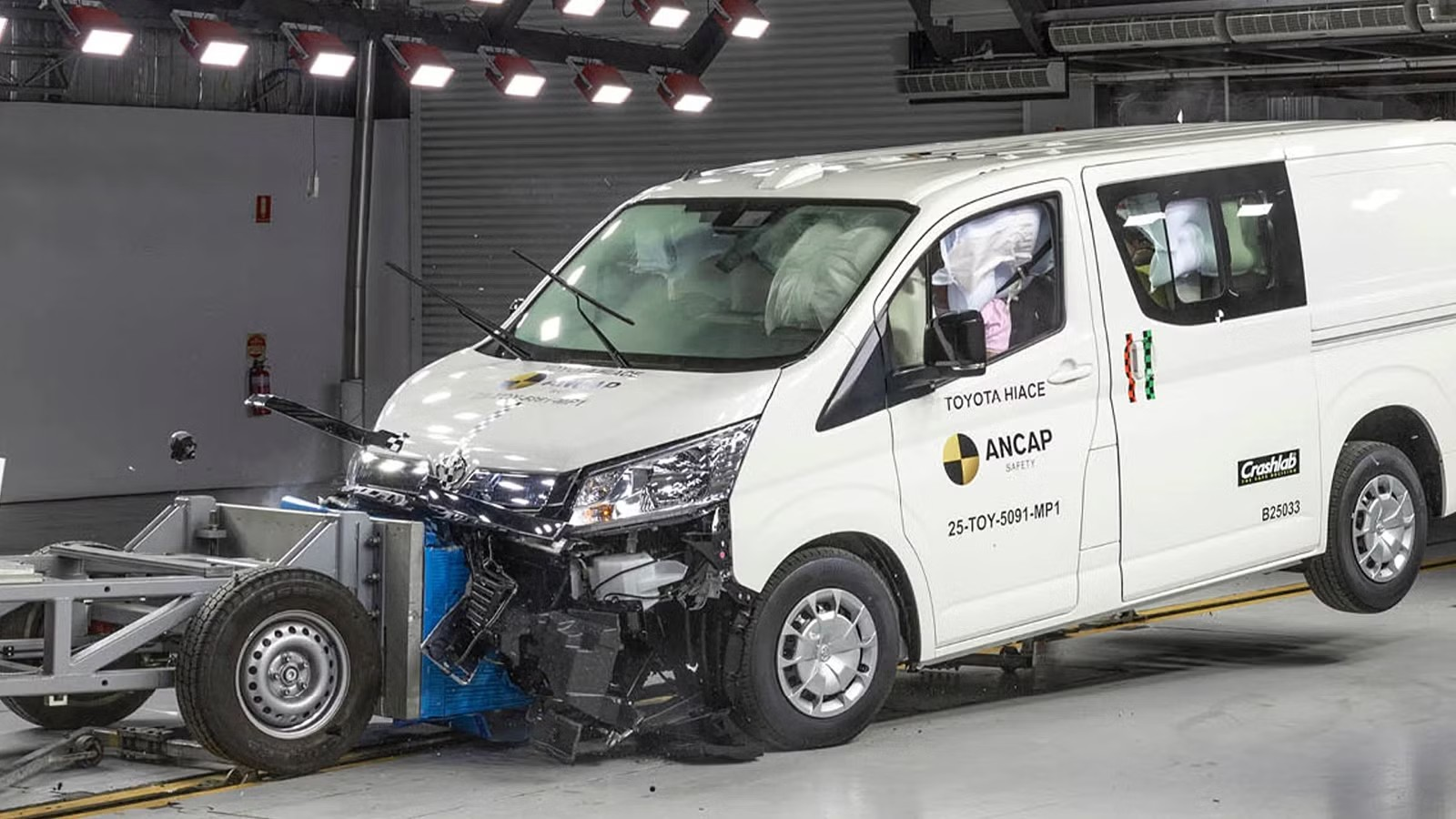
Given that commercial vehicles frequently operate in complex urban environments, the Automatic Emergency Braking (AEB) system in the new HiAce has been specifically enhanced for improved detection of motorcyclists. This enhancement is particularly significant in cities with high motorcycle density. Test data indicates that the system’s response time in detecting motorcycles making sudden lane changes has been reduced by 0.3 seconds compared to the previous system.
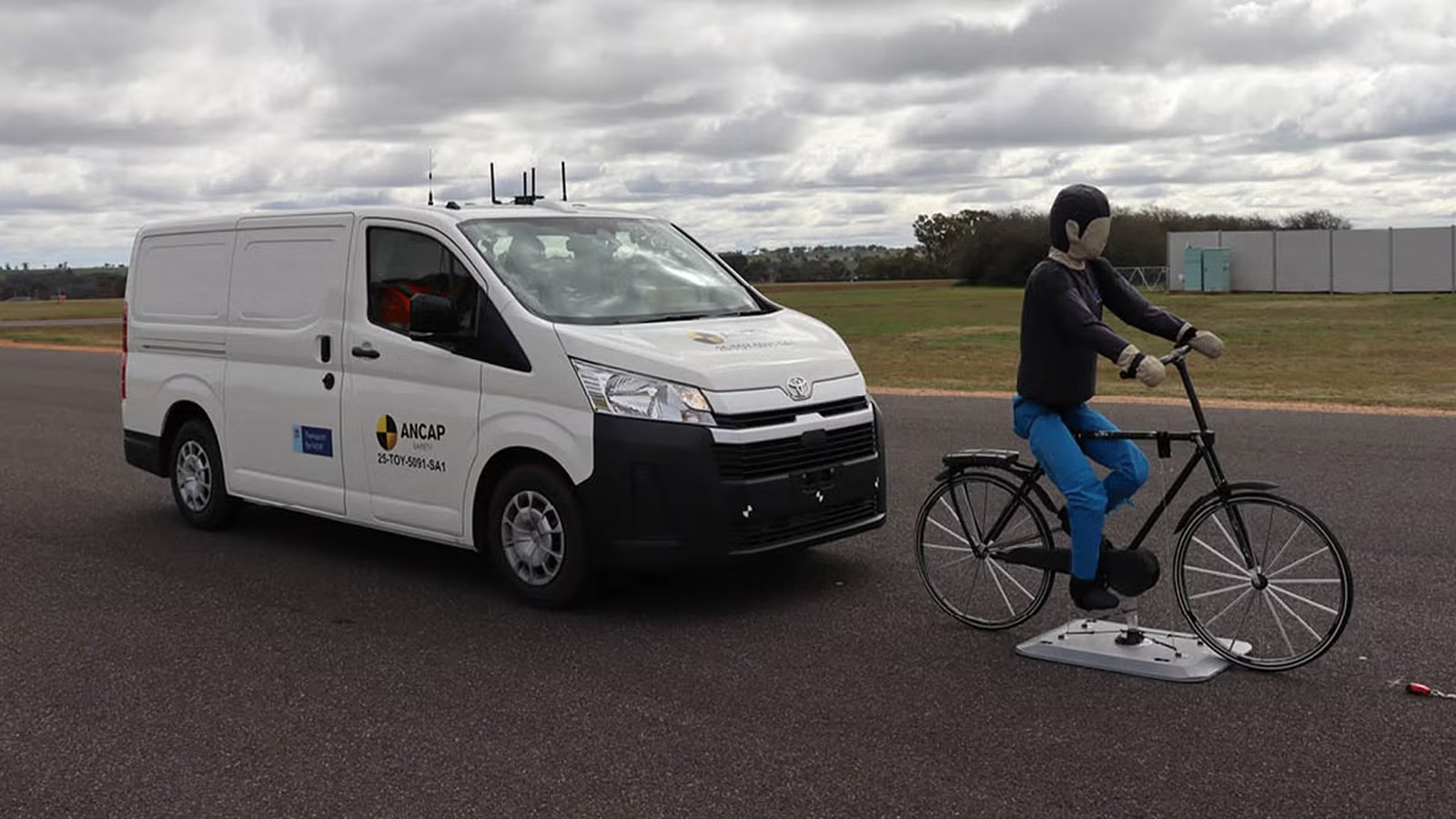
The Mitsubishi Outlander maintains its five-star safety rating following safety feature upgrades
The core of this upgrade lies in a comprehensive enhancement of the active safety systems, particularly the expansion of the Automatic Emergency Braking (AEB) system’s detection range to include pedestrians and cyclists at intersections.
This improvement is a direct response to new urban road safety regulations coming into effect in 2025. Testers pointed out that the new system demonstrated higher recognition accuracy and faster response times in simulated urban driving scenarios.
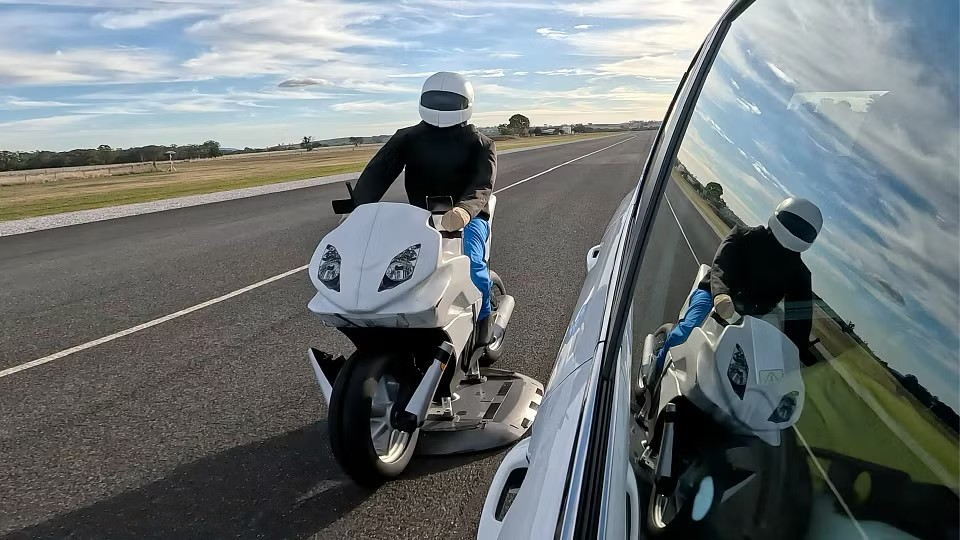
Beyond upgrading the active safety systems, Mitsubishi has also enhanced the Outlander’s passive safety systems. This includes optimizing the restraint system layout and improving the performance of the central airbag.
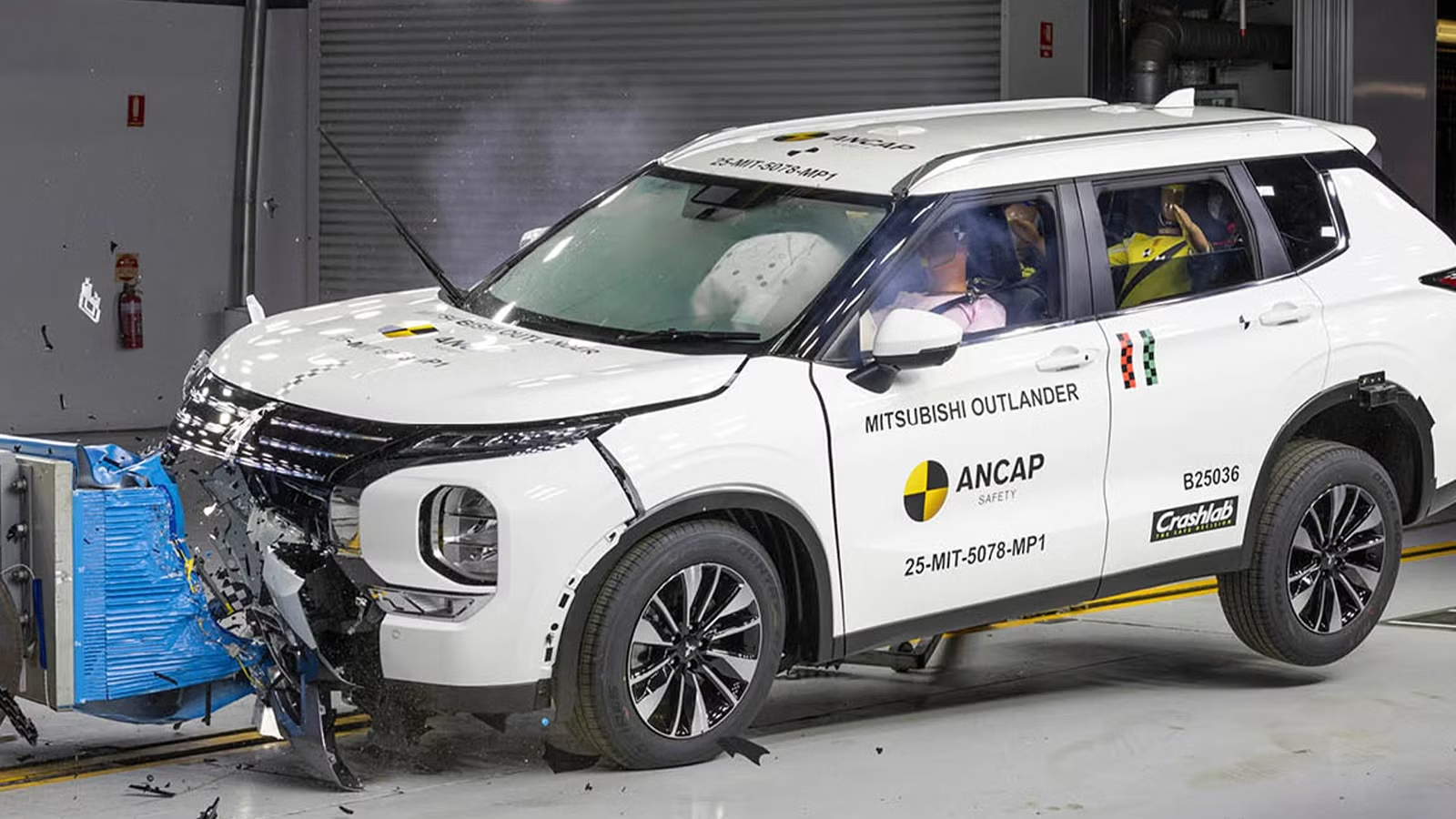
Notably, the newly added driver monitoring camera employs eye-tracking technology, enabling more accurate identification of driver fatigue, which is particularly important in long-distance driving scenarios.
While the new Outlander’s adult occupant protection score increased from 83% to 85%, its child occupant protection score dropped from 92% to 84% due to new testing standards that pose higher requirements for child safety seat compatibility and crash protection performance.
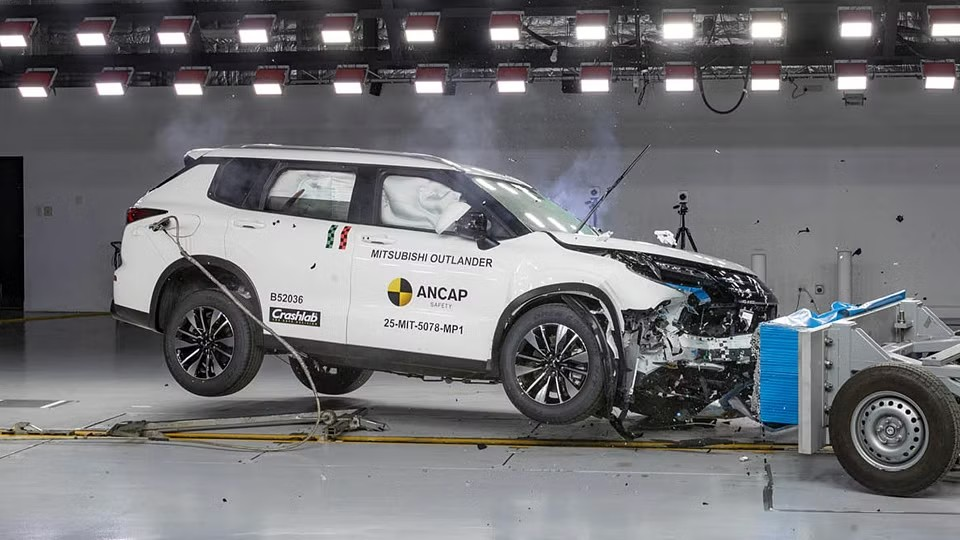
Stricter testing standards were implemented globally in 2025
ANCAP CEO Carla Hoorweg stated that the new standards particularly incorporate assessments for emerging safety technologies, including evaluating their effectiveness in protecting vulnerable road users.
An announcement from the Australian Department of Transport indicated that, starting in 2025, all new vehicles must be equipped with an automatic emergency braking (AEB) system compliant with the new regulations to achieve a five-star safety rating.
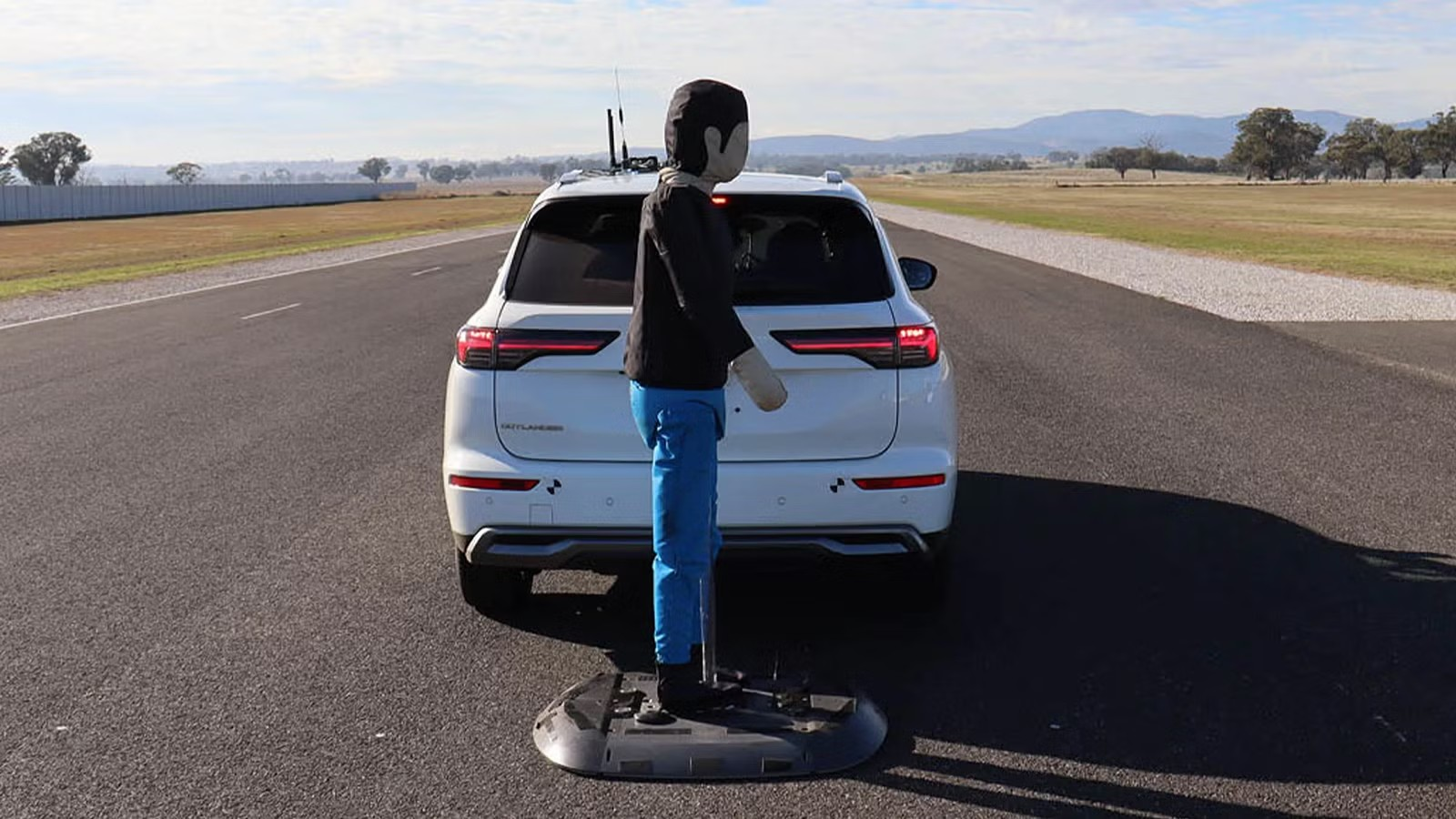
The market’s response to the updated safety ratings has been swift and significant. In the Australian market, the Mitsubishi Outlander jumped to third place in the sales ranking for medium-sized SUVs in August, with some dealers reporting a 30% increase in inquiries for new models.
Meanwhile, in the Southeast Asian market, orders for the Toyota HiAce commercial vehicle increased by 15% year-over-year, with particularly strong performance in Thailand and Malaysia.
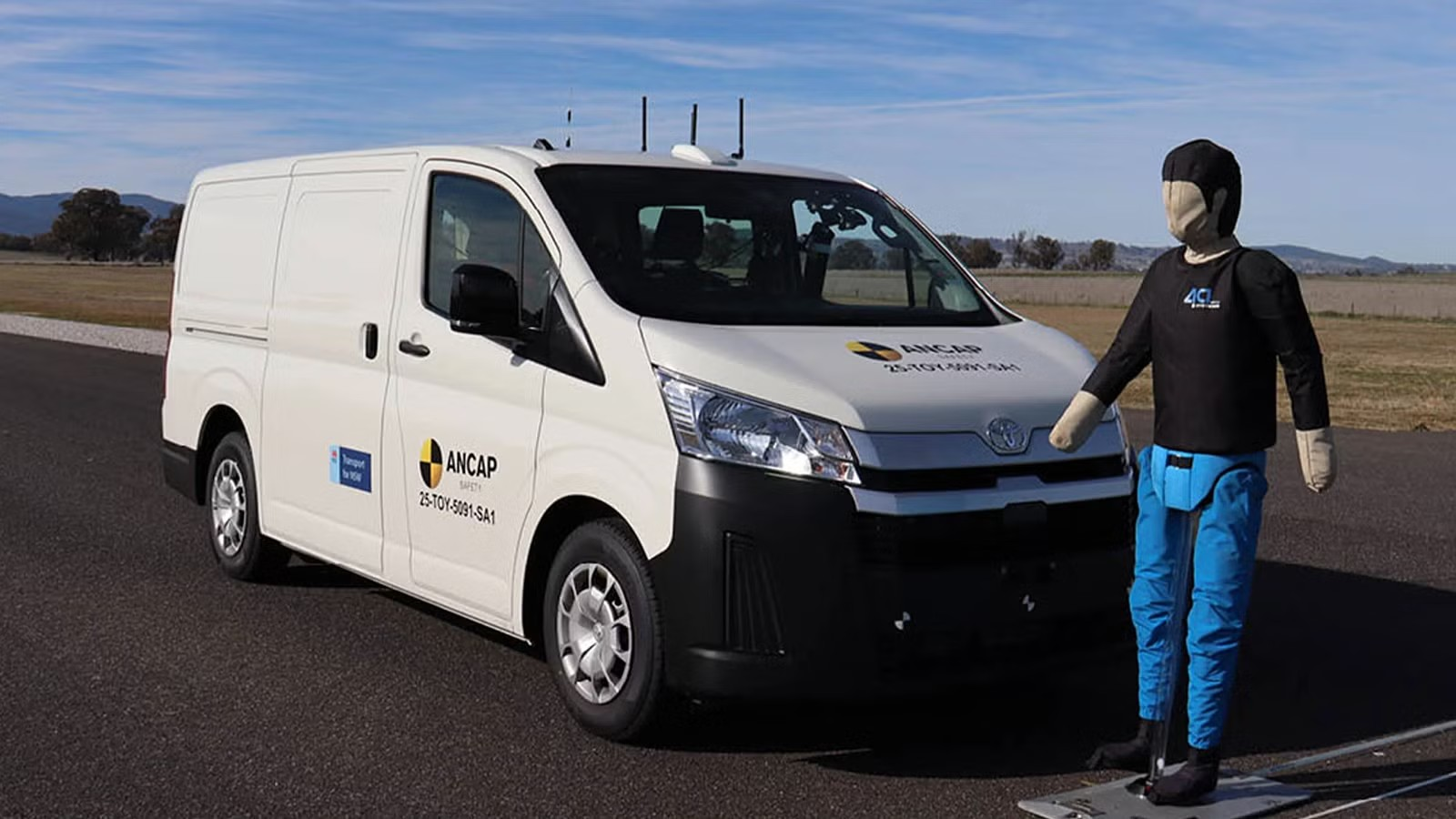
According to data from the Thai Automotive Association, in the third quarter of 2025, 65% of commercial vehicle sales consisted of models equipped with the latest safety technologies, a 12-percentage-point increase compared to the same period last year. This shift reflects how corporate procurement decisions are placing greater emphasis on safety features. Particularly in the logistics and transportation industries, many companies have already adopted ANCAP five-star ratings as a basic requirement for procurement.
These two models’ safety upgrades hint at several important trends in automotive safety technology
First is the widespread application of sensor fusion technology. Both the new Outlander and HiAce utilize multi-sensor collaborative schemes, which enhances system reliability in complex environments.
Second is the rise of software-defined safety features. Many safety functions can now be optimized through OTAupdates, making continuous future improvements possible.
Lastly, the trend of commercial vehicle safety standards aligning with those of passenger cars. The safety configuration upgrade of the HiAce indicates that commercial vehicle safety standards are rapidly improving.
With the rapid adoption of safety technologies, by 2026, the safety configurations of mainstream models will have improved by more than 40% compared to 2023 levels.
Xpeng P7 sets brand pre-sale record: over 10,000 orders within 7 minutes
RobertAug 08, 2025, 11:18 AM
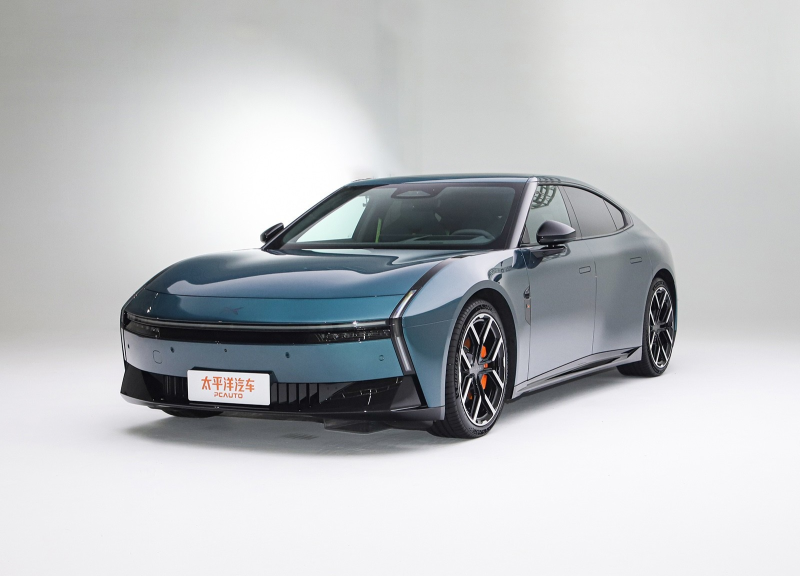
[PCauto] On August 6, 2025, the all-new Xpeng P7 surpassed 10,000 pre-orders just 6 minutes and 37 seconds after the presale began — a figure that not only exceeded market expectations but also set a new presale record for the Xpeng brand.
Bold New Design is the Biggest Selling Point
The new Xpeng P7 adopts the latest “XMART FACE” design language, featuring a light bar that’s 50% shorter, paired with Y-shaped split headlights and an illuminated logo to create a distinctive X-shaped lighting effect.
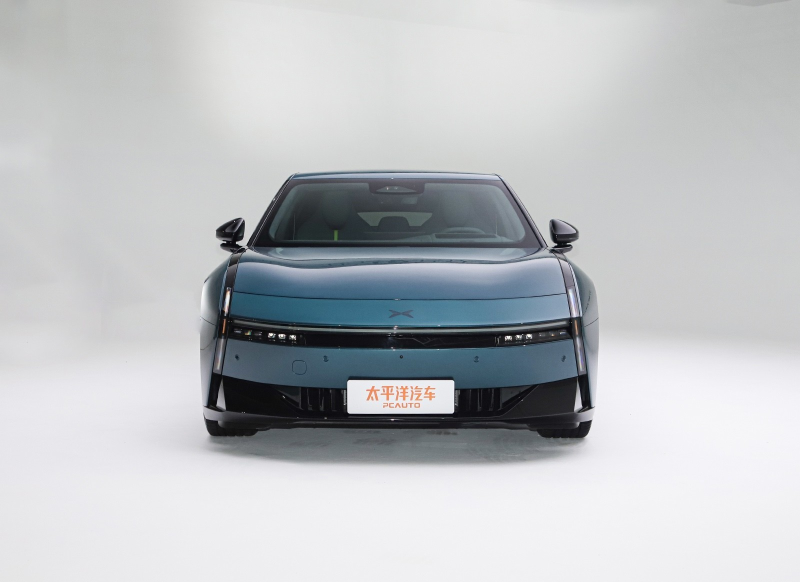
The side profile features a floating roof and a hidden A-pillar design, while frameless doors and 21-inch staggered tires further enhance its sporty character.
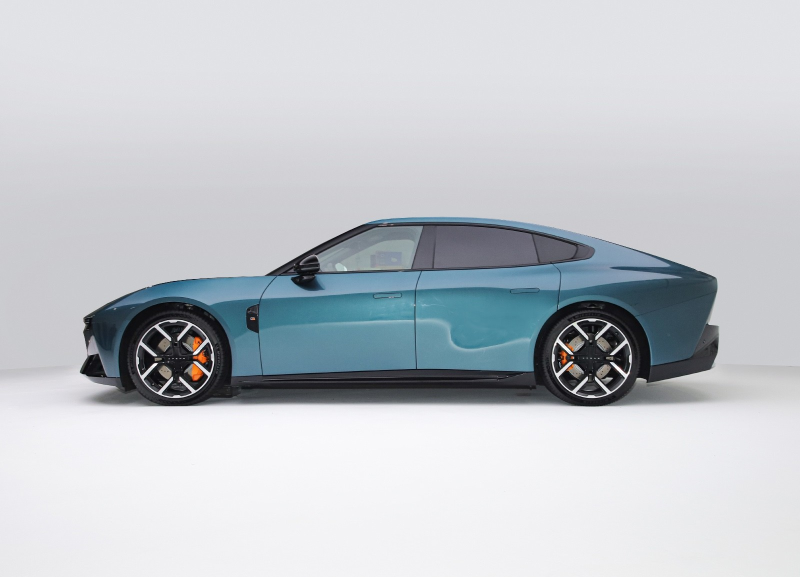
The hatchback design and active rear spoiler—which delivers up to 900N of downforce at top speed—not only enhance aesthetics but also optimize aerodynamics, achieving an ultra-low drag coefficient of just 0.198Cd, placing it among the most aerodynamic mass-produced cars in the world.
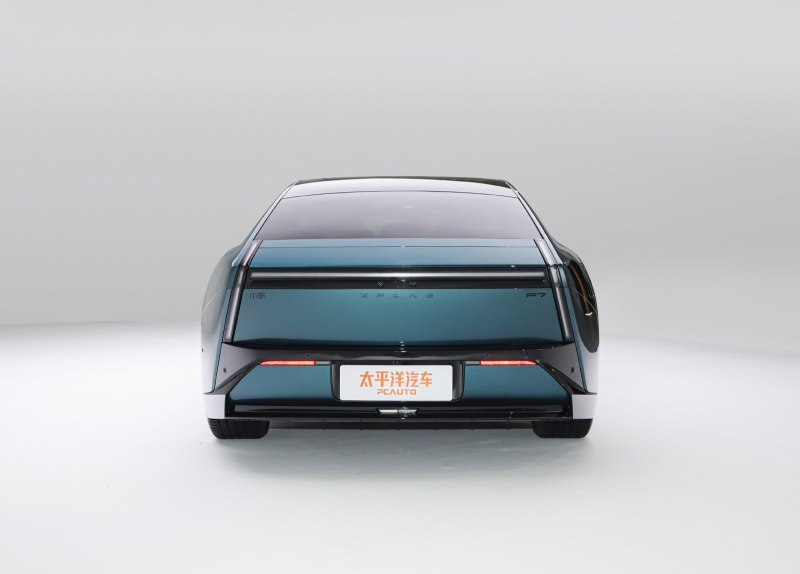
Inside, the new Xpeng P7 features a triple-screen interactive setup, consisting of an 8.8-inch fully digital instrument cluster, a 15.6-inch adaptive central touchscreen with three-axis movement, and an impressive 87-inch AR-HUD.
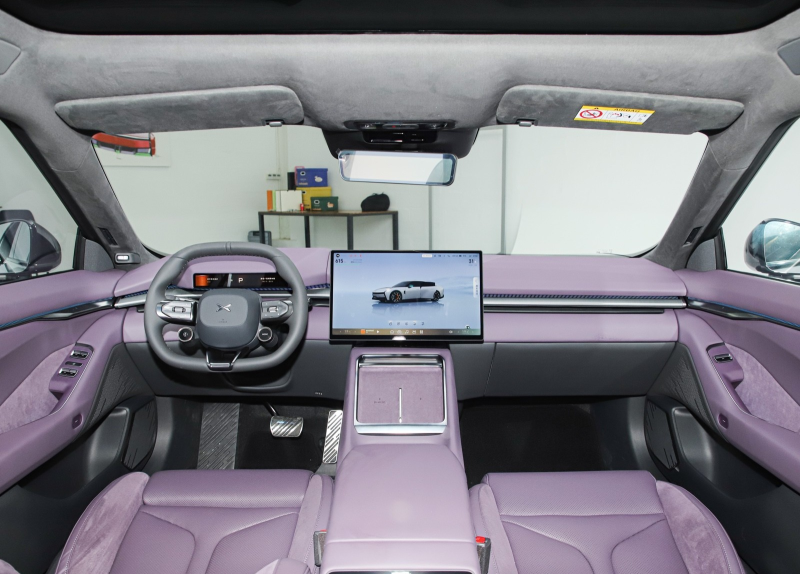
The AR-HUD adopts industry-leading DLP (Digital Light Processing) technology, with projected display area equivalent to an 87-inch giant screen—more than three times the size of traditional HUDs. It offers a resolution of 1920×720 and a peak brightness exceeding 12,000 nits, ensuring excellent visibility even under strong sunlight.
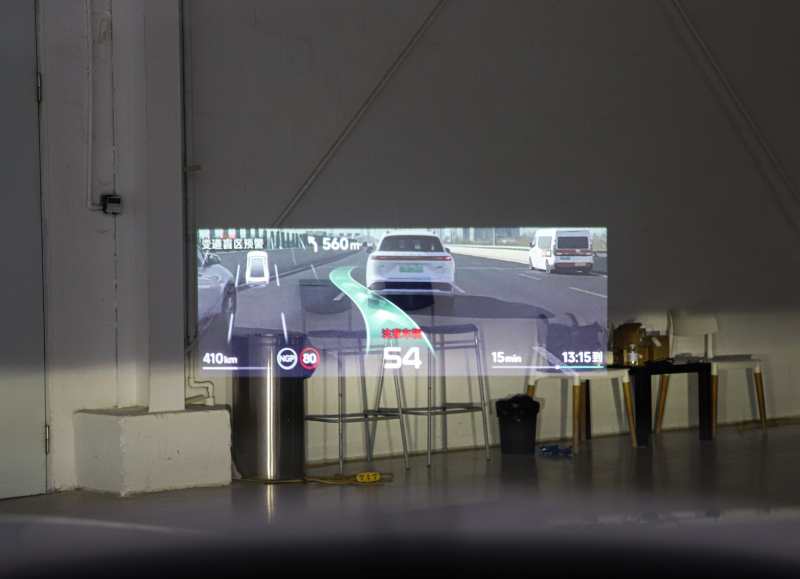
The system uses a binocular parallax algorithm to automatically adjust the projection angle based on the driver’s eye position, effectively preventing image distortion.
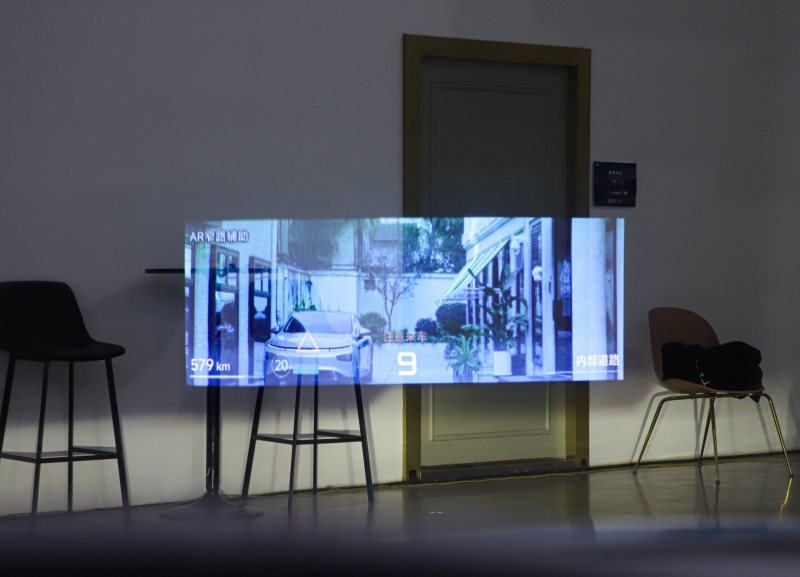
XPeng’s head of intelligent cockpit development stated, “The 87-inch AR-HUD isn’t just about projecting information onto the windshield — it creates a digitally anchored layer precisely aligned with the real world. This marks a paradigm shift in how users interact with smart vehicles.”
With future OTA updates, the system will unlock even more features, such as AR-assisted parking and real-time traffic hazard alerts. Through this innovation, the new Xpeng P7 once again reinforces its technological leadership in the intelligent cockpit area.
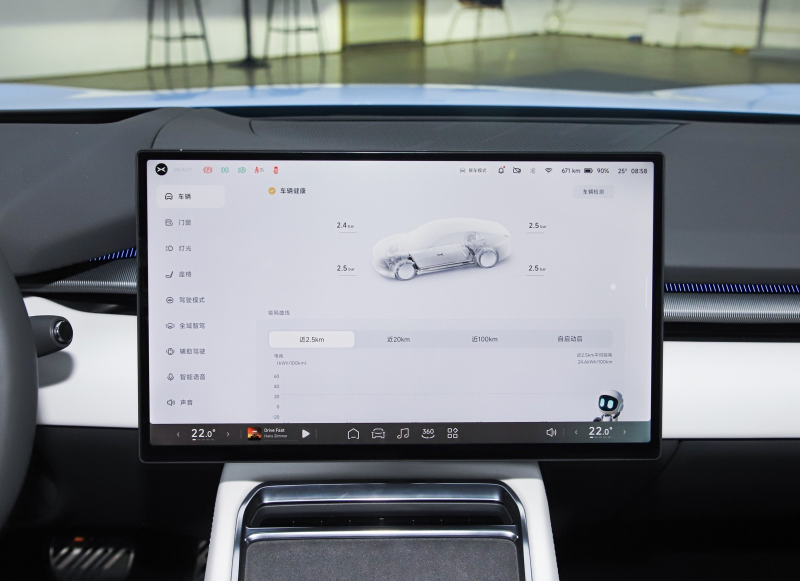
A Significant Upgrade in the Core Specifications of the Xpeng P7
It is available in three configurations: a 702 km long-range version, an 820 km ultra-long-range version, and a 750 km high-performance version. All variants come standard with an 800V high-voltage SiC platform and a 5C supercharging AI battery.
The AWD Performance Version accelerates from 0 to 100 km/h in just 3.7 seconds and reaches a top speed of 230 km/h.
In terms of charging capability, the vehicle can regain 525 km of range in just 10 minutes, and charge from 10% to 80% in only 11.3 minutes.
On the intelligence front, the Xpeng P7 is equipped with three in-house developed Turing AI chips, delivering a total computing power of 2,250 TOPS. It also features an exterior voice interaction system. These hardware upgrades provide robust support for the XNGP intelligent assisted driving system. While some features will be activated via future OTA updates, the car already demonstrates Xpeng’s leading position in the field of smart driving.
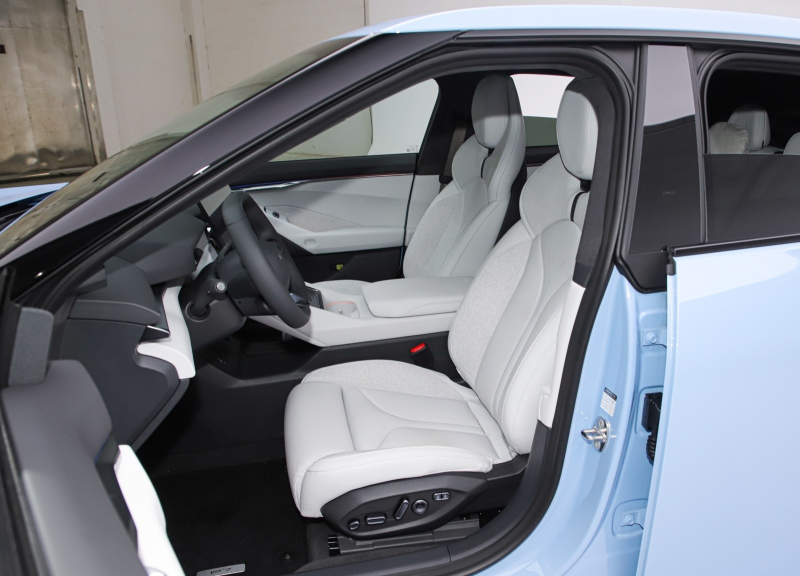
Impressive pre-sale numbers are just the beginning — the real challenge lies in delivery and service that follow.
Can Xpeng ensure consistent quality during large-scale deliveries? Can it deliver on its promises regarding intelligent driving capabilities? Can it provide a high-quality after-sales service experience? These are the critical questions Xpeng must answer. As a relatively small automaker compared to giants like BYD and Geely, the pressure is immense.
If any infringement occurs, please contact us for deletionFollow Us



